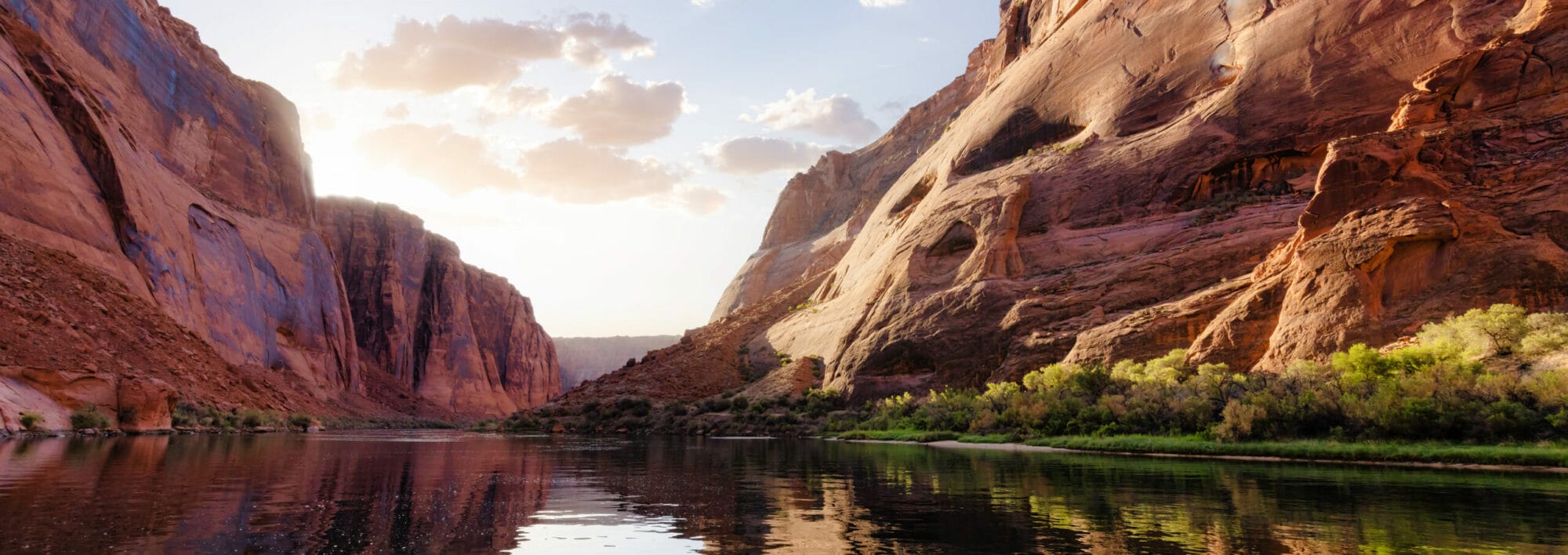Colorado River in Glen Canyon
Experts worry the pay-to-save approach isn’t a sustainable solution
MATT VASILOGAMBROS
STATELINE
Despite a megadrought, states in the West have been able to avoid drastic cuts to their allocations of Colorado River water this year not only because of surprising storms but also thanks to generous financial incentives from all levels of government that have encouraged people to conserve.
The temporary Colorado River water-sharing agreement that Arizona, California and Nevada announced in May depends on an injection of $1.2 billion from the federal government. Some of the 30 tribal nations in the river basin also are getting federal dollars. The Gila River Indian Community, for example, will receive $233 million from the feds over the next three years, mostly to conserve water.
Read more Stateline coverage of how communities across the West are grappling with drought that’s worsening because of climate change.
Fueled by the Inflation Reduction Act and the Bipartisan Infrastructure Law, the feds will spend a total of $15.4 billion for drought resiliency programs over the coming years, mostly for large-scale projects for water storage and recycling but also to persuade people to use less water.
Water experts worry that paying people to conserve isn’t a long-term solution; states must make long-term investments and rethink water-sharing agreements if the Colorado River is to survive, they say.
But in the meantime, the money is helping to sustain the river basin. Conservation spurred by federal dollars has spared the seven Western states whose 40 million residents depend on the Colorado River’s water from painful cuts, said Michael Cohen, a senior researcher at the Pacific Institute, an Oakland, California-based water think tank. (Colorado, New Mexico, Utah and Wyoming comprise the upper basin, and Arizona, California and Nevada make up the lower basin.)





